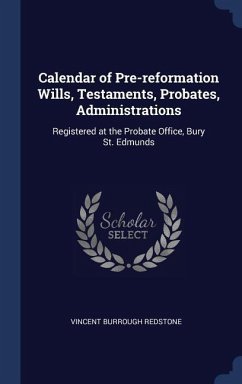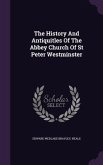High Quality Content by WIKIPEDIA articles! The Abbey of Bury St Edmunds was once among the richest Benedictine monasteries in England. Its ruins lie in Bury St Edmunds, a town in the county of Suffolk, England. When, in the early tenth century, the relics of the martyred king, St Edmund, were translated from Hoxne to Beodricsworth, afterwards known as Bury St Edmunds, the site had already been in religious use for nearly three centuries. To the small household of Benedictine monks who guarded the shrine the surrounding lands were granted in 1020, during the reign of Canute, monks were introduced from St Benet's Abbey under the auspices of the Bishop of Elmham and Dunwich. Two of them became Bury's first two abbots, Ufi, prior of Holme, (d. 1044), who was consecrated abbot by the Bishop of London, and Leofstan (1044-65). After Leofstan's death, the king appointed his physician Baldwin to the abbacy (1065-97). Baldwin rebuilt the church, and reinterred St Edmund's body there with great ceremony in 1095. The cult made the richly endowed abbey a popular destination for pilgrimages.
Bitte wählen Sie Ihr Anliegen aus.
Rechnungen
Retourenschein anfordern
Bestellstatus
Storno








